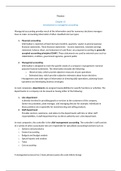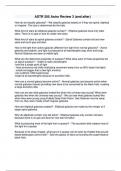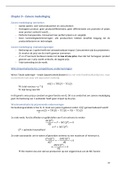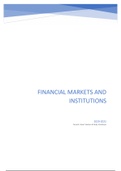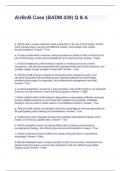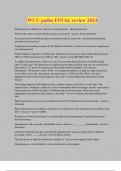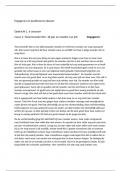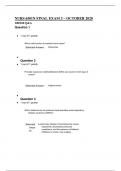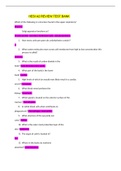Samenvatting
Summary Financial Management
Summary of chapter 15, 19, and 21 for Financial Management at the Hogeschool van Amsterdam (first year students). The main subjects of these chapters are Introduction to Managerial Accounting (15), Cost-Volume-Pofit Analysis (19), and Budgeting (21). This is the summary for the second financial man...
[Meer zien]
